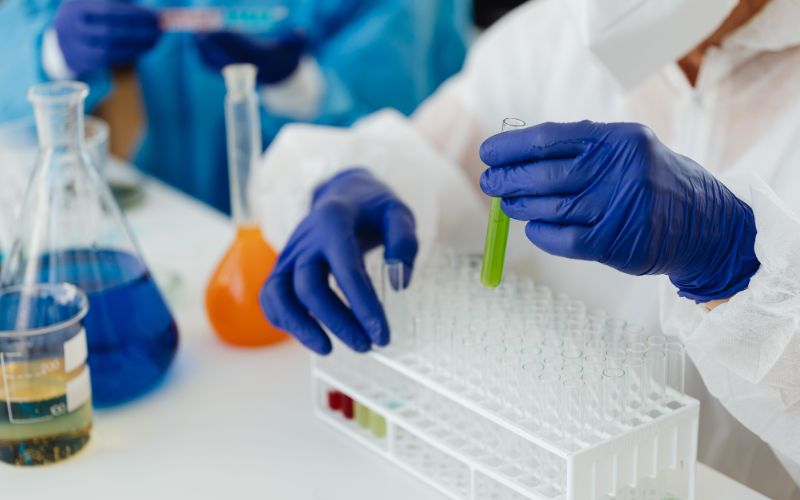
Understanding Total Organic Carbon (TOC) in the Pharmaceutical Industry
The pharmaceutical industry is one of the most heavily regulated industries in the world. With a primary focus on human safety, every aspect of drug development and manufacturing is closely monitored and audited by regulatory bodies like the FDA. One important aspect of pharma manufacturing is analysing the levels of Total Organic Carbon (TOC) in water and other process fluids. In this blog post, we’ll delve into what TOC is, why it’s important in pharma manufacturing, and how it’s measured.
What is Total Organic Carbon (TOC)?
Total organic carbon refers to the total amount of organic carbon present in a sample. Organic carbon can come from a variety of sources, such as algae, bacteria, and other organic matter. In pharma manufacturing, organic carbon can indicate the presence of microorganisms. The presence of microorganisms can be a significant risk to human safety, as they can cause product contamination or adversely affect product quality. Therefore, TOC is an important parameter to consider in pharma manufacturing.
Why is TOC important in pharma manufacturing?
Pharmaceutical manufacturing processes rely heavily on the use of water and other process fluids. Any contaminants present in these fluids can be introduced into the final product, making it potentially unsafe or ineffective for human use. TOC analysis is a critical component of pharma manufacturing because it helps ensure the purity of process fluids that come into contact with the drug product. By measuring TOC levels regularly, manufacturers can identify and immediately address any potential contamination risks, thereby minimising the chance of product quality or safety issues.
How is TOC measured in pharma manufacturing?
TOC is measured by a variety of methods, from wet-chemical oxidation to combustion-oxidation processes. In pharma manufacturing, the most commonly used method is the combustion-oxidation method. This method involves burning the sample at high temperatures and measuring the amount of carbon dioxide produced. The amount of carbon dioxide produced is directly proportional to the amount of organic carbon present in the sample. Modern TOC analysers employ advanced technology to measure TOC levels quickly and accurately, making it easier for manufacturers to monitor and maintain consistent levels of purity in process fluids.
In conclusion, Total Organic Carbon (TOC) is an essential parameter to consider in pharma manufacturing. The presence of microorganisms in process fluids can be a significant risk to human safety and product quality, making it critical to monitor and maintain consistent levels of purity in process fluids. The combustion-oxidation method is the most commonly used method for measuring TOC levels in pharma manufacturing, and modern TOC analysers make it easier than ever to do so accurately and efficiently. As regulations continue to tighten, manufacturers need to stay up-to-date on the latest TOC analysis methods and technologies to ensure their products are safe and effective for human use.



